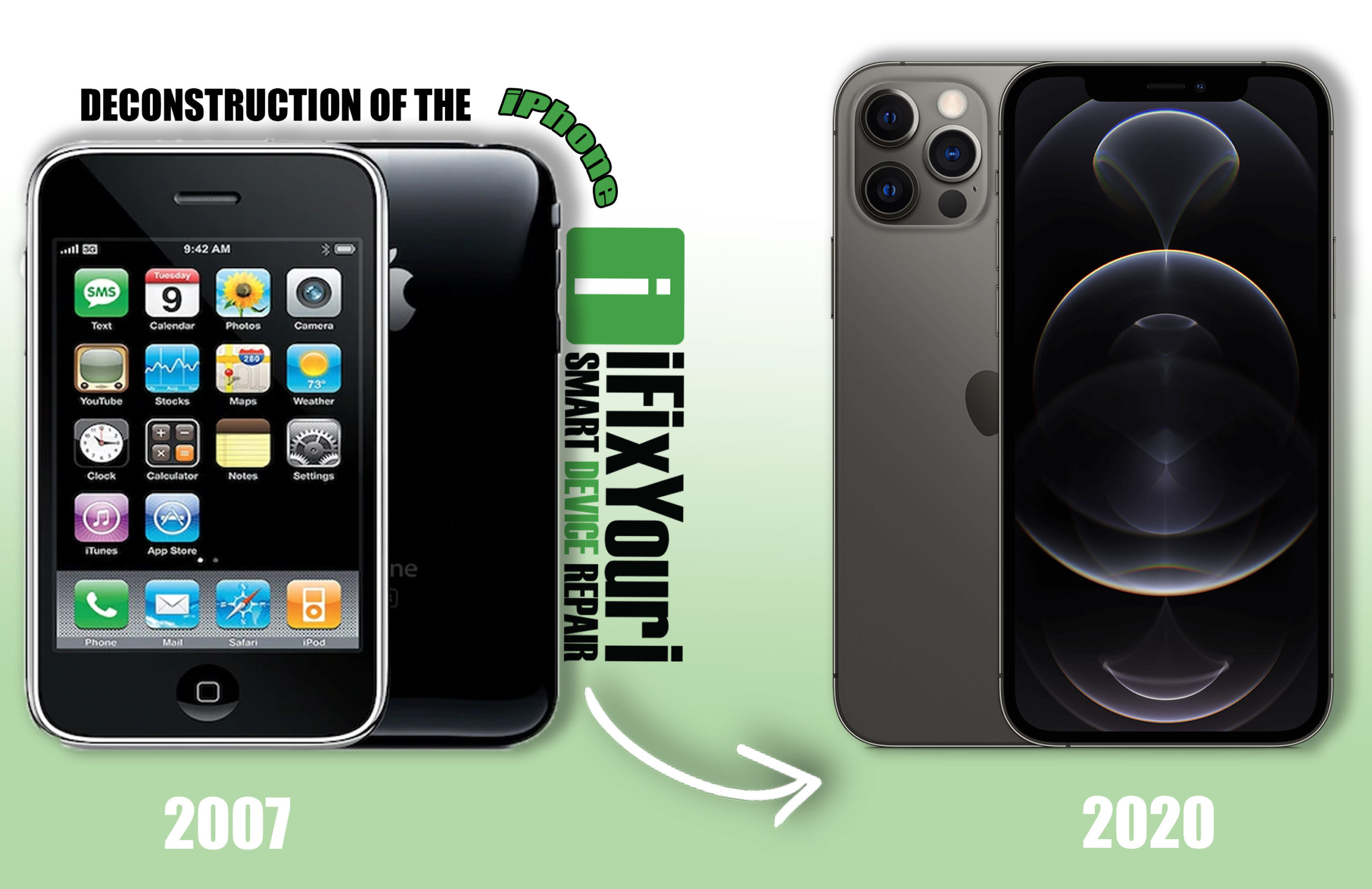The iPhone 2G was the first revolutionary phone for its time, released in 2007 with a 2-megapixel camera and 3.5-inch display. With each new iPhone released, it seems as if a popular feature from the previous model is dropped. As we move forward into the iPhone 13 (TBA) era, features and specs will be nowhere near the same. Here is how Apple has deconstructed the iPhone throughout the years.
Goodbye Headphone Jack, Hello AirPods
With new iPhones, Apple users seem to win some, lose some, and win some more. That was certainly the case with the iPhone 7.
For a time, all phones came with a jack to connect wired headphones. This makes sense since the iPod came first.
So when it was announced in 2016 that the iPhone 7 would not have a slot to plug in headphones, many people were baffled by the news.
How did Apple decide to eliminate the headphone jack, and how has this decision increased sales?
Apple allegedly shared that they decided to remove the headphone jack from their phones because they wanted to be innovative in the smartphone industry. Fair enough.
Others argue that the tech giant made this move so its iPhone would be sleeker-looking, water-resistant, and have more speakers.
AirPods was one of those additions.
This was not a bad thing though. AirPods are stress and tangle-free and easily pair with Apple devices via Bluetooth.
When The Home Button Got A Makeover
A redesign of the home button was one of Apple’s first attempts to redesign its smartphones with a sleeker look in mind.
iPhone’s first few models have had a square home button, similar to the key on a game controller. When Apple released the iPhone 5S, it introduced a circular home button instead.
A few other tweaks were made to the home button as well. The iPhone 7 not only took away the headphone jack but also the home button. There was still a “button” in place, but it is not mechanical. Instead, a feedback engine gives users the impression of a fake click.
And When The Home Button Disappeared
2017 was a busy year for Apple. The iPhone 8, 8 Plus, and X were all released within months of each other. The most noticeable difference between the two smartphones is the absence of a home button on the iPhone X. This change left many people in shock and asking “why get rid of the home button entirely?” Like mentioned before, Apple users win some, lose some, and this is a great example to show how.
By getting rid of the home button, users no longer have to worry about home button repairs.
One less element to the device also means that there is more screen space. For reference, an iPad Mini has a 7.9-inch screen, an iPhone 8 Plus has a 5.5-inch screen, and an iPhone 12 Pro Max has a 6.7-inch screen.
Also, a button-free phone means a smoother, sleeker screen, which plays into the minimalist look many companies are striving for.
All of this is great, but how are people meant to navigate and unlock their phones without fingerprints on the screen?
A Different Type of ID
With no more home button, there was also no more Touch ID. If you do not own an iPhone X or later, the only way for you to unlock your phone is to punch in your passcode or use Face ID.
Apple has achieved this feat by using 3D mapping to identify your facial structure.
What’s Next For The iPhone?
Speculations suggest that Apple is working on doing away with the charging port and replacing it with its MagSafe charging system. MagSafe delivers a fast and reliable charge to your iPhone 12 using a magnet. If this gadget becomes more prominent, Apple is more than likely to design the next iPhone to be entirely port-free, and essentially waterproof.
What are your thoughts on owning an iPhone without any ports?
How Apple Has Deconstructed The iPhone Throughout The Years By iFixYouri.

